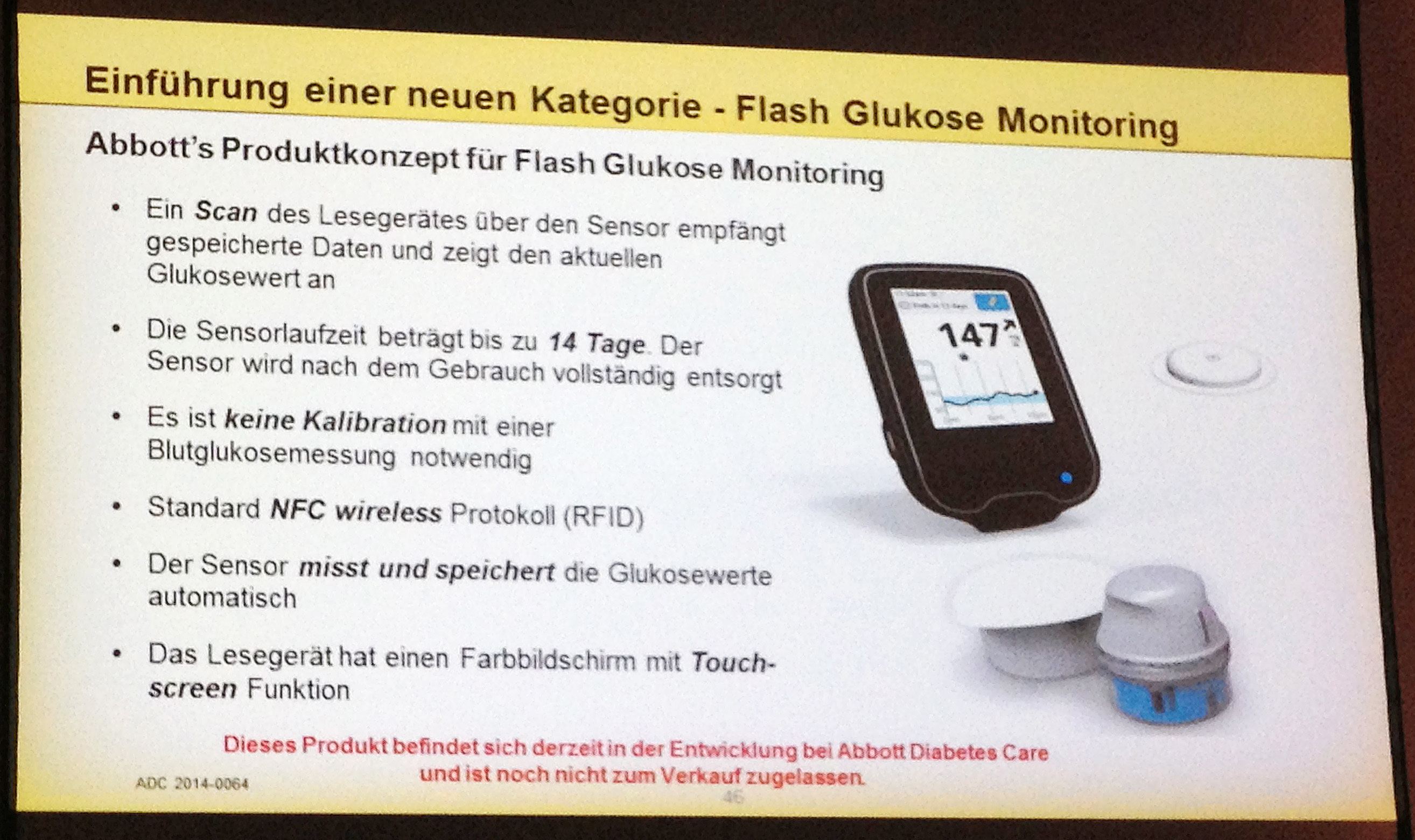

#FREESTYLE LIBRE FLASH GLUCOSE MONITORING SYSTEM SENSOR SOFTWARE#
The FreeStyle Libre system also offers software to generate concise reports to assist with the analysis of glucose data. This scan gives you more information than monitoring with blood glucose test strip, without the need for routine finger pricks. Scan sensor - To obtain a glucose reading, simply perform a quick, painless 1-second scan of the reader over the sensor.Most people feel no pain when applying the sensor. It is held in place with a small adhesive pad. When the sensor is applied, a thin, flexible and sterile fibre is inserted just under the skin. Apply the sensor - The FreeStyle Libre sensor is applied on to the back of the upper arm with a simple, disposable device called an applicator.Health professionals and consumers should be aware about the limitations of available scientific evidence for use of this device in any other groups of patients who require diabetes management. The FreeStyle Libre Flash Glucose Monitoring System is a glucose monitoring device indicated for detecting trends and tracking patterns in persons aged 4 and older with insulin dependent diabetes mellitus 15. With every scan you get your current glucose reading, the last 8 hours of glucose data and an arrow showing the direction your glucose is heading.Swim, shower or exercise - the FreeStyle Libre system is designed to be water-resistant and worn while bathing, showering, swimming 5 and exercising.Urinary Tract Infection/ Vaginal HealthįreeStyle Libre Flash Glucose Monitoring System (Reader & Sensor) (For NZ Sale Only).Further studies in children are imperative in order to document the accuracy and safety of the FGM in the paediatric population.Īccuracy Child Diabetes mellitus Flash glucose monitoring Usability. The wearing of the sensor requires special attention. There was, however, a large interindividual variability. Our results showed a reasonable agreement between the FGM SG readings and capillary BG measurements in children. Nonetheless, the usability questionnaire indicated high levels of satisfaction. Twenty-nine patients (43.3%) reported sensor problems, mainly early detachment of the sensor. MARD was inversely related to age (r = -0.266 ). MD and MRD were inversely related to BMI (r = -0.261 r = -0.266, respectively). We observed a large interindividual variability in the accuracy parameters. Overall MD was +7.5 mg/dL MD varied with the BG meter: ACM +10.4 mg/dL, CNL +14.2 mg/dL, OTV -3.6 mg/dL (p < 0.001). 80.3% of the data pairs were in zone A (= no effect on clinical action) and 18.4% were in zone B (= altered clinical action with little or no effect on the clinical outcome) of the CEG. FGM readings were highly correlated with BG (r = 0.926, p < 0.001). After 14 days, subjects were asked to fill in a questionnaire on the usability of the FGM.Ģ,626 SG readings were paired with BG results. SG readings were compared to BG measurements by consensus error grid (CEG) analysis the mean difference (MD), the mean relative difference (MRD), the mean absolute difference (MAD), and the mean absolute relative difference (MARD) were calculated. For the first 14 days, they regularly measured capillary blood glucose (BG) with their usual BG meter (Accu-Chek® Mobile, Roche Contour® Next Link, Bayer OneTouch® Verio® IQ, LifeScan ) followed by a sensor glucose (SG) scanning.


Subjects wore a sensor on the back of their upper arm. We evaluated the accuracy and usability of the FGM in children with type 1 diabetes mellitus (DM).Ħ7 children with type 1 DM (35 girls), aged 4-18 years, were included.

It has been approved for use in children aged > 4 years in January 2016. The FreeStyle® Libre Flash Glucose Monitoring System (FGM, Abbott) measures glucose concentrations in the interstitial fluid for up to 14 days.


 0 kommentar(er)
0 kommentar(er)
